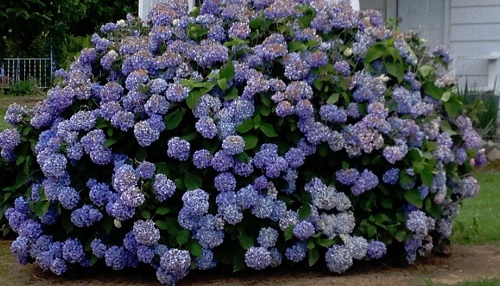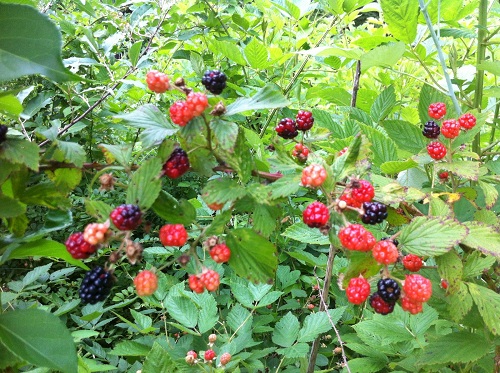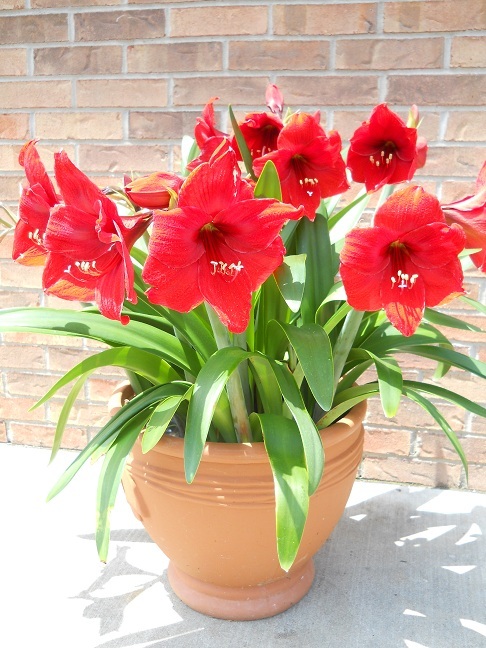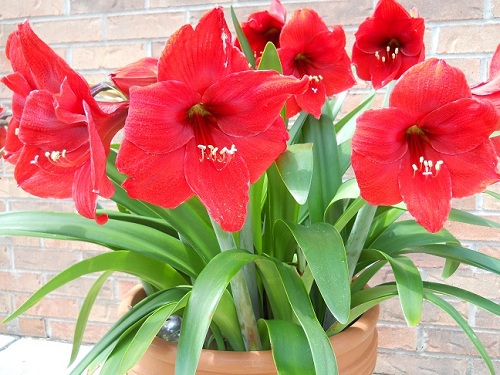I don’t know how it is with growers in your neck of the woods, but here in the Midwest there’s a race each year for bragging rights. The race is to see who can produce the first vine-ripened tomatoes, and if it can be done by the 4th of July (without the aid of a greenhouse), it is considered quite an accomplishment.

Tomato progress must be checked daily. The first blooms are met with much praising, and when the tiny green fruits first appear, it is practically a cause for celebration. I usually get a phone call from Dad telling me “I’ve got tomatoes.” Personally, I don’t get all wacky over tiny green tomatoes, but I do love to rub my fingers through the leaves and smell their pungent fragrance. (I may be alone in this).
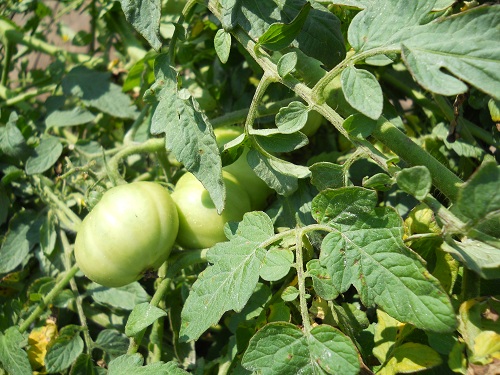
Usually, about a week before the 4th of July, Dad can’t wait for the tomatoes to ripen on their own, so he picks the most likely candidates and tries to hurry them along in the kitchen window.

Or we may yield to the temptation to slice up a few green ones and fry them. Sheer delight!
© Wade Kingston

